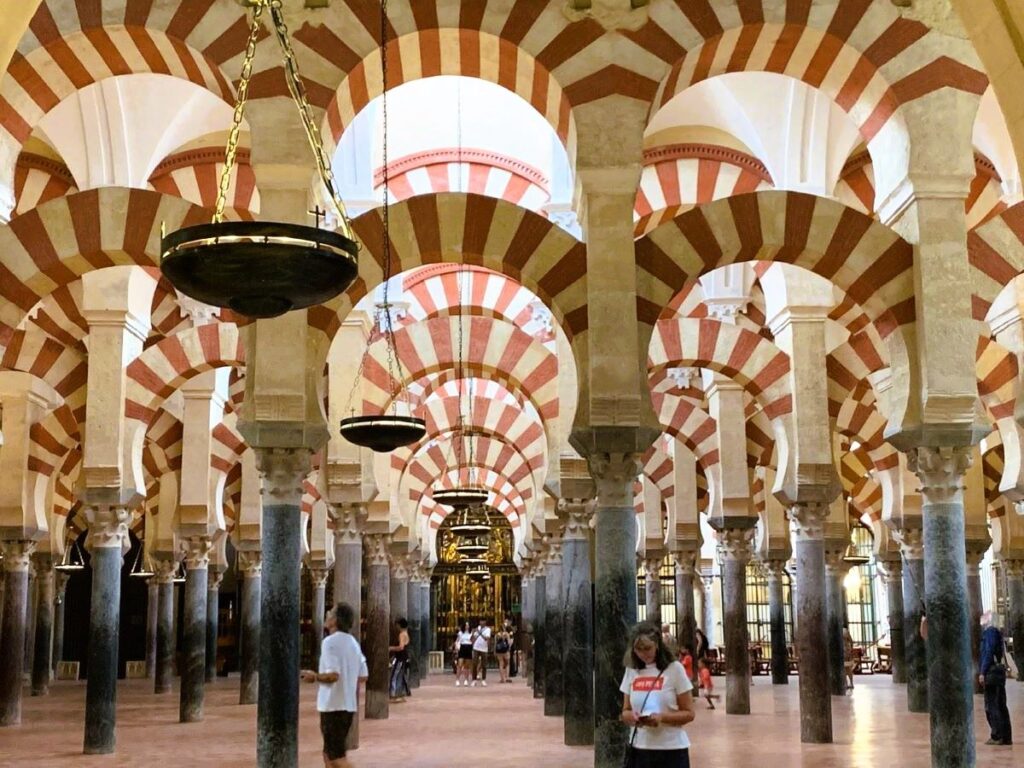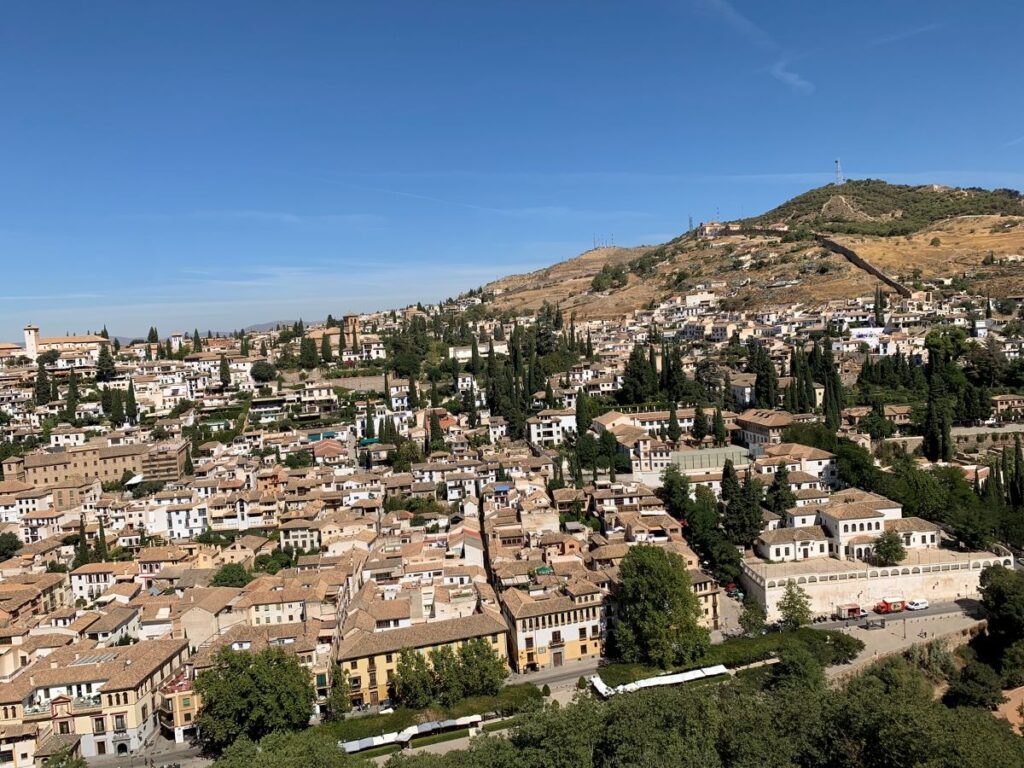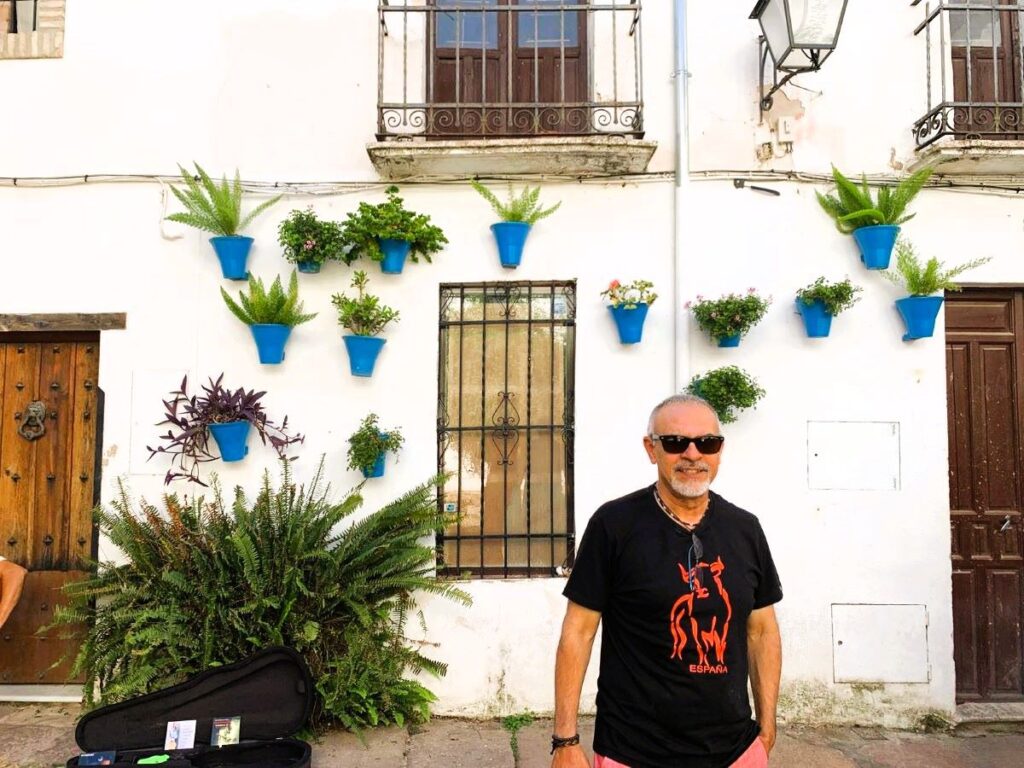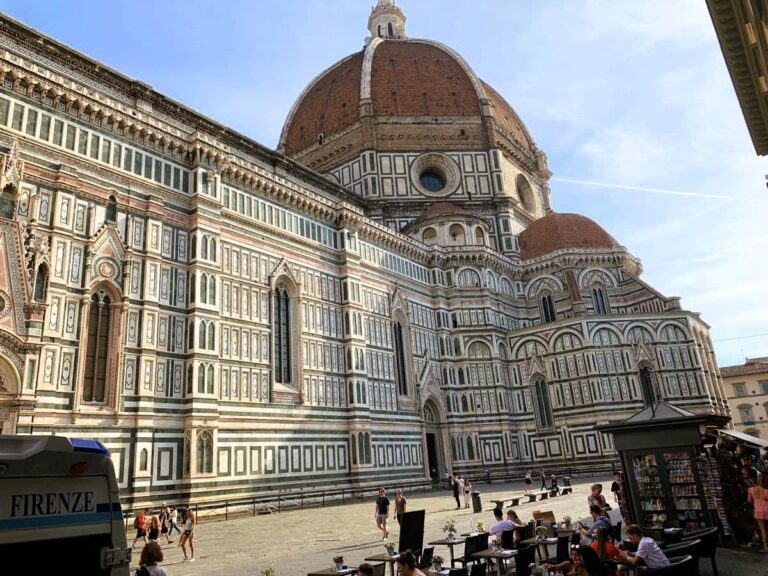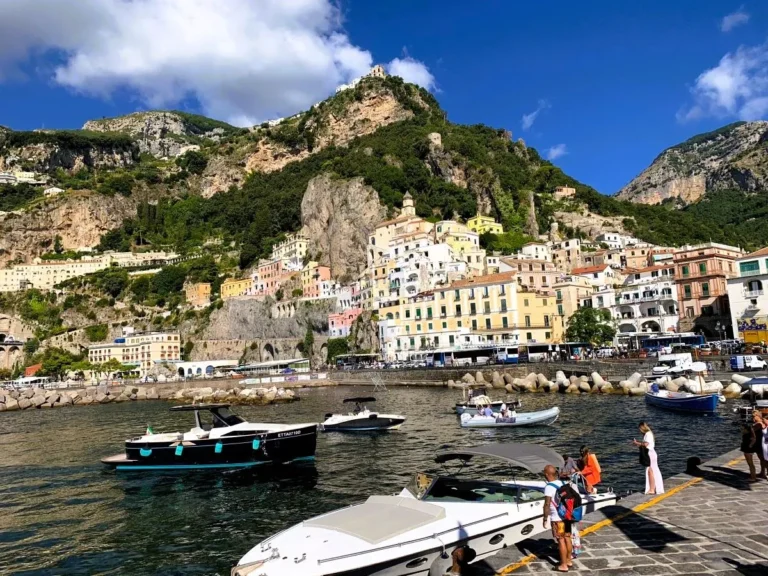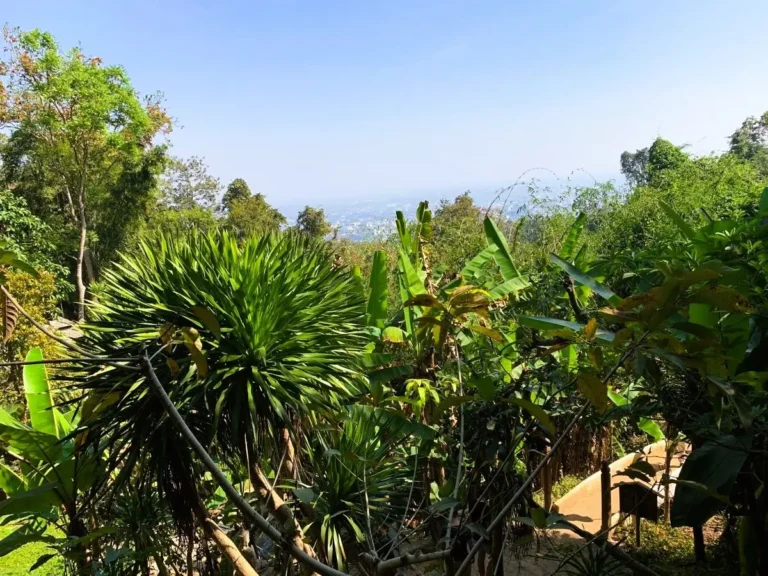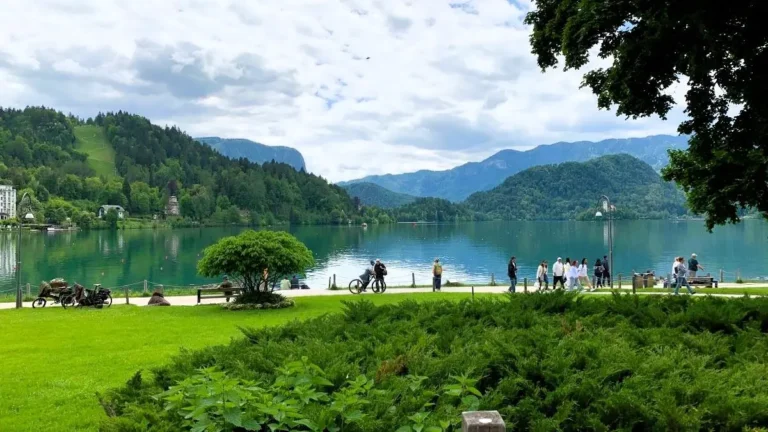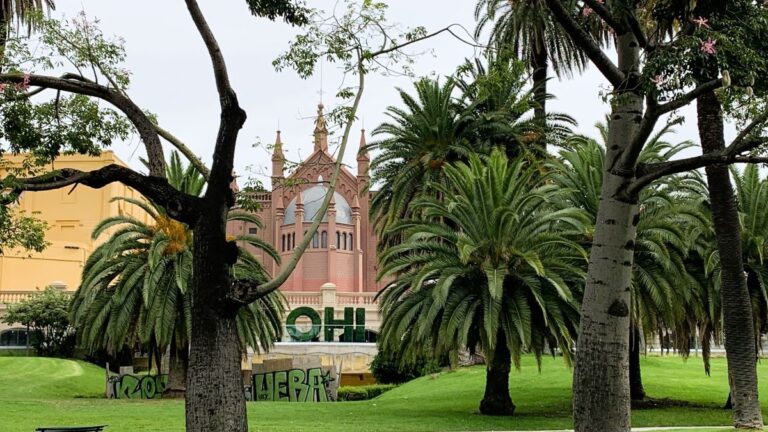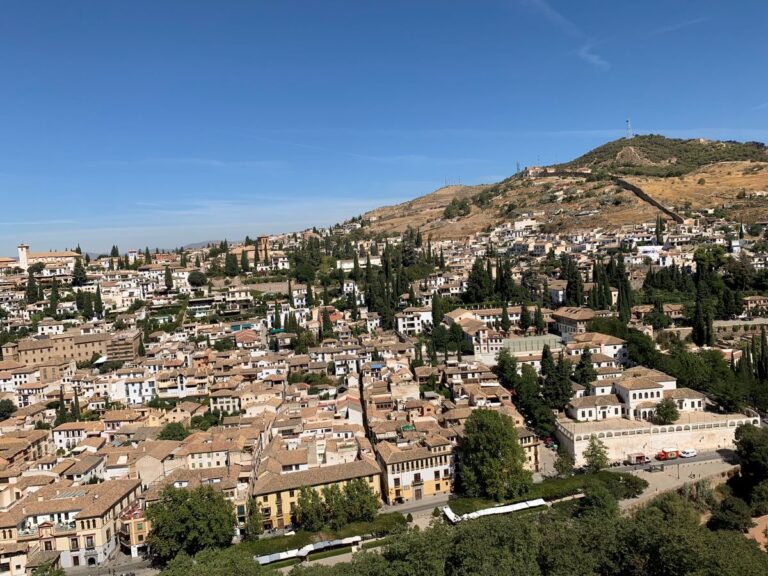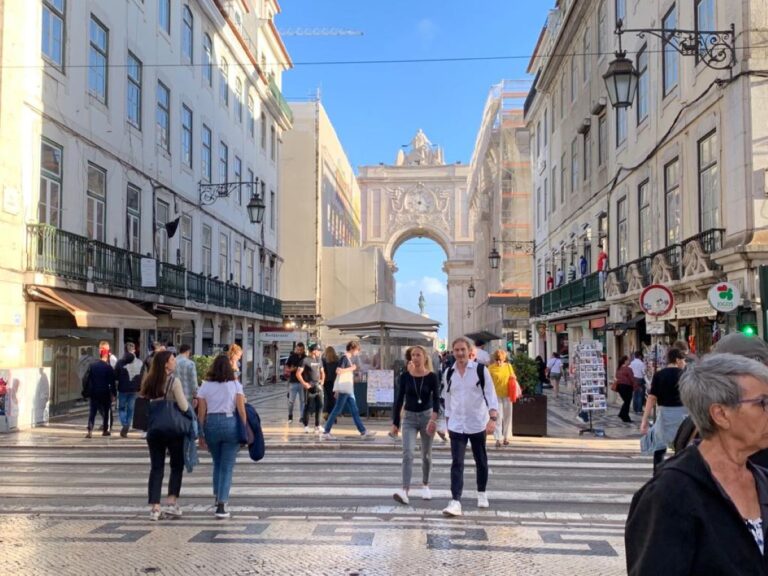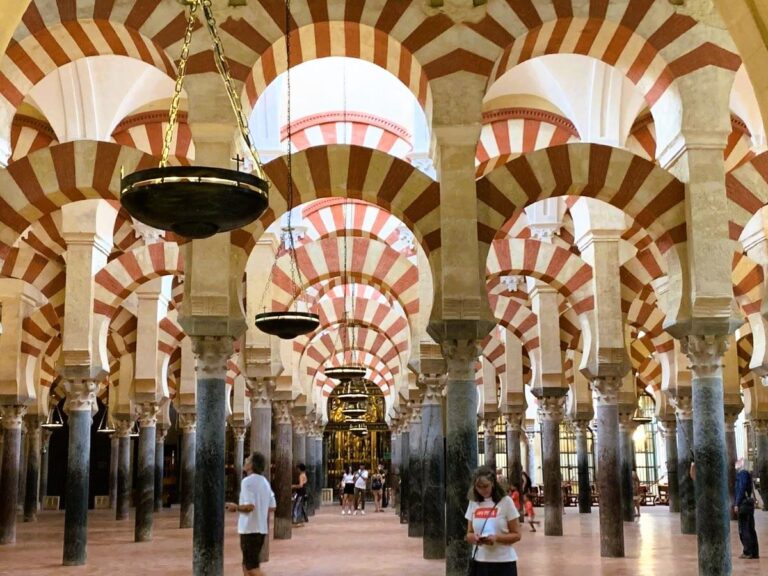Is Cordoba Spain Worth Visiting? Discover the Timeless Charm of Córdoba
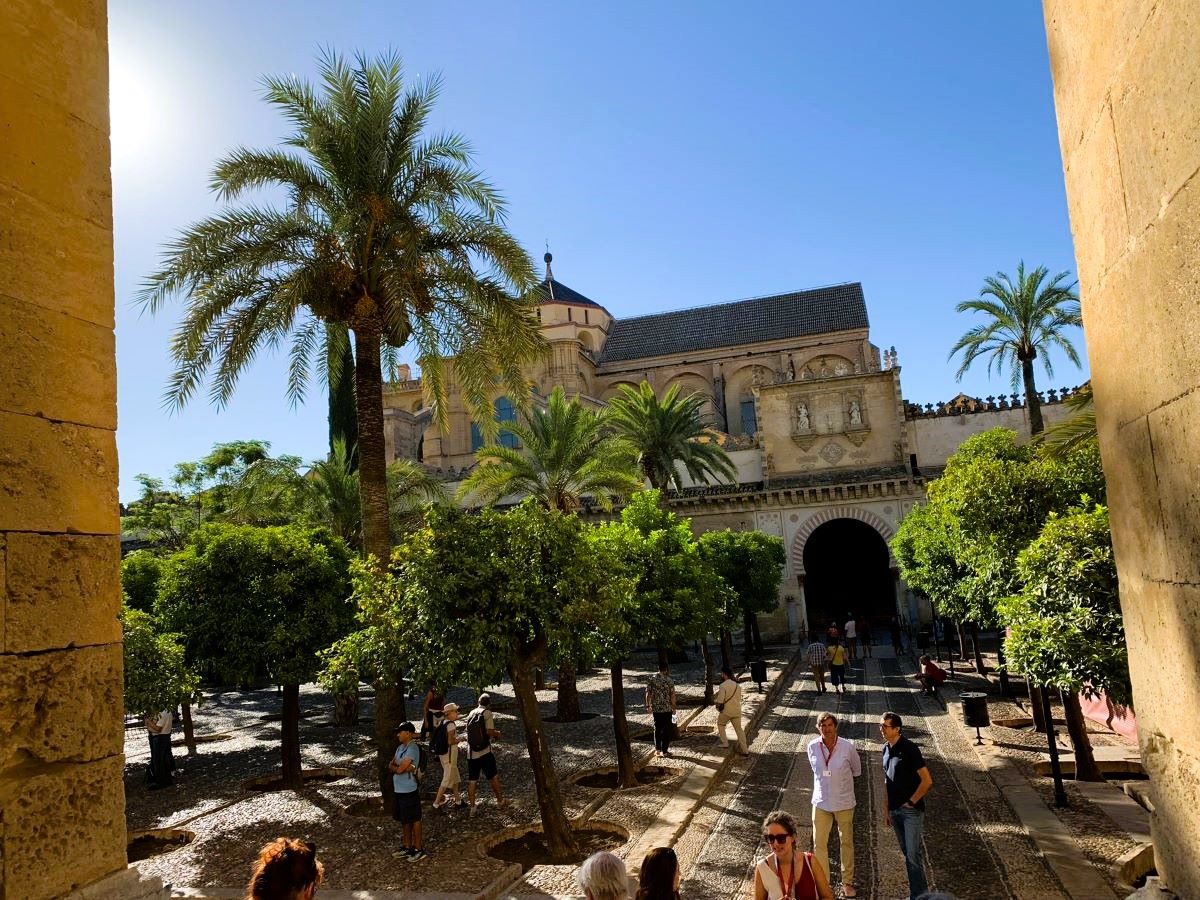
If you’re wondering – Is Cordoba Spain worth visiting? The answer is an emphatic yes! Córdoba is a fascinating city full of history and culture at every turn. This Cordoba travel guide will help you explore the best this city has to offer.
I recommend you plan for at least 2 full days here to really enjoy your stay. But having said that, even if you have 1 day you can take in a lot. Cordoba is a walkable city with most of the attractions close to each other.
This enchanting destination once served as the capital of the Islamic Caliphate of Al-Andalus and was one of the most advanced cities in Europe during the Middle Ages.
Today, Cordoba is a UNESCO World Heritage Site that blends its Roman, Islamic, Jewish, and Christian heritage.
You will love its narrow cobblestone streets and its architectural wonders.
Let’s dive into some of the must-see attractions and practical tips to make the most of your visit.
We arrived here from Granada by ALSA bus which took about 2 hours and 45 minutes or so. A comfortable journey.
Why is Cordoba Worth Visiting? – 5 Reasons Why it is:
1. The Mezquita-Catedral: A Symbol of Córdoba’s Rich History
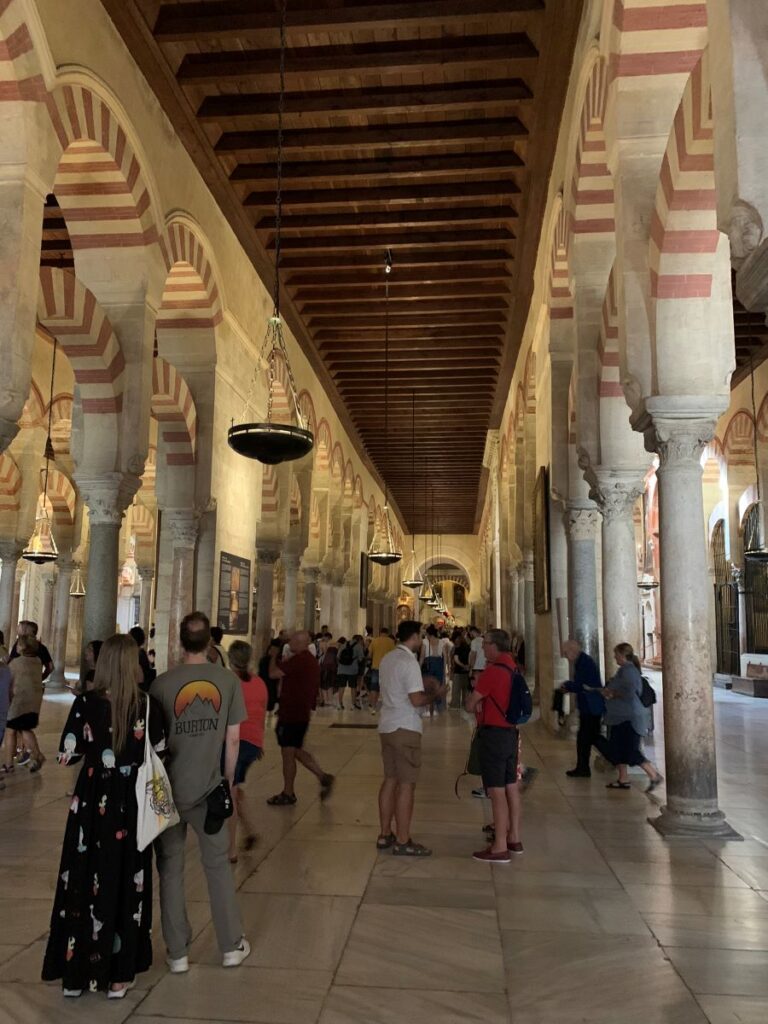
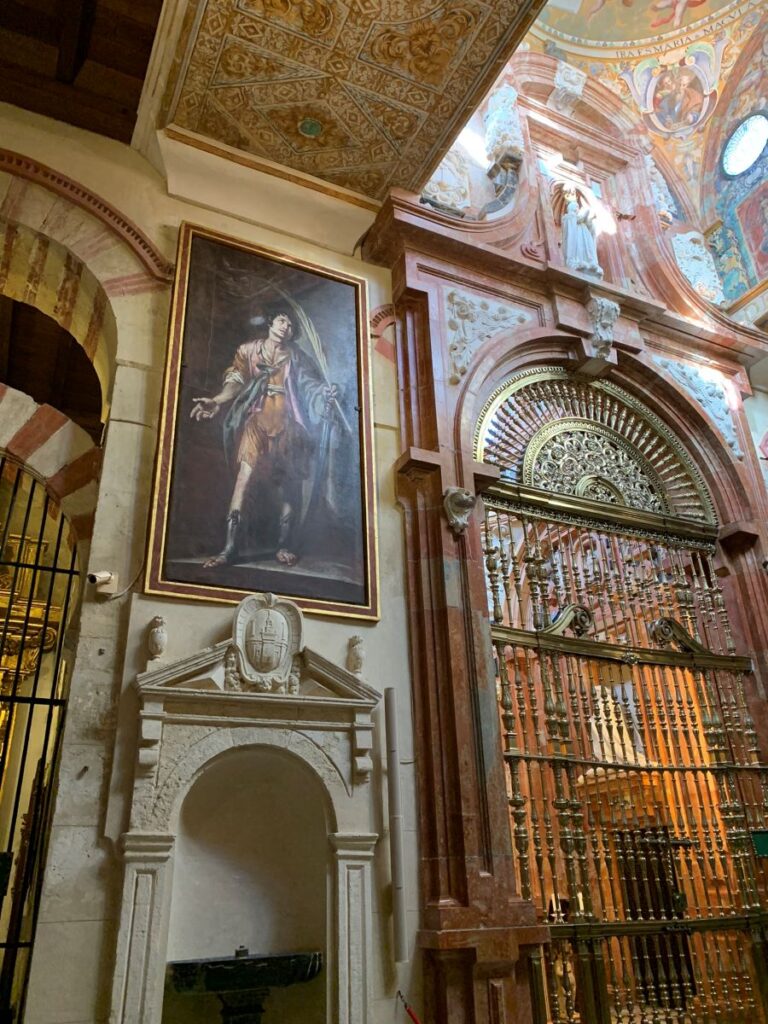
Here’s the first reason why Cordoba is worth visiting – Mezquita-Catedral. No visit to Córdoba is complete without exploring the iconic Mezquita-Catedral (Mosque-Cathedral). This architectural masterpiece is one of the greatest examples of Moorish architecture in the world.
Originally built as a mosque in the 8th century, it was later converted into a cathedral after the Reconquista in the 13th century.
As you step inside, you’ll be mesmerized by its forest of red-and-white-striped arches, intricately decorated mihrab (prayer niche), and the breathtaking Renaissance-style cathedral nave that seems to emerge organically from the mosque. The Mezquita is a living testament to the city’s layered history and religious fusion.
For tickets and more information click here.
Practical Tip:
To avoid crowds, visit early in the morning or late in the afternoon. Tickets can be purchased online in advance, and there’s also free entry between 8:30 and 9:30 a.m. on weekdays, though it’s a quieter, more reflective experience during this time.
2. The Alcázar de los Reyes Cristianos: A Garden Oasis
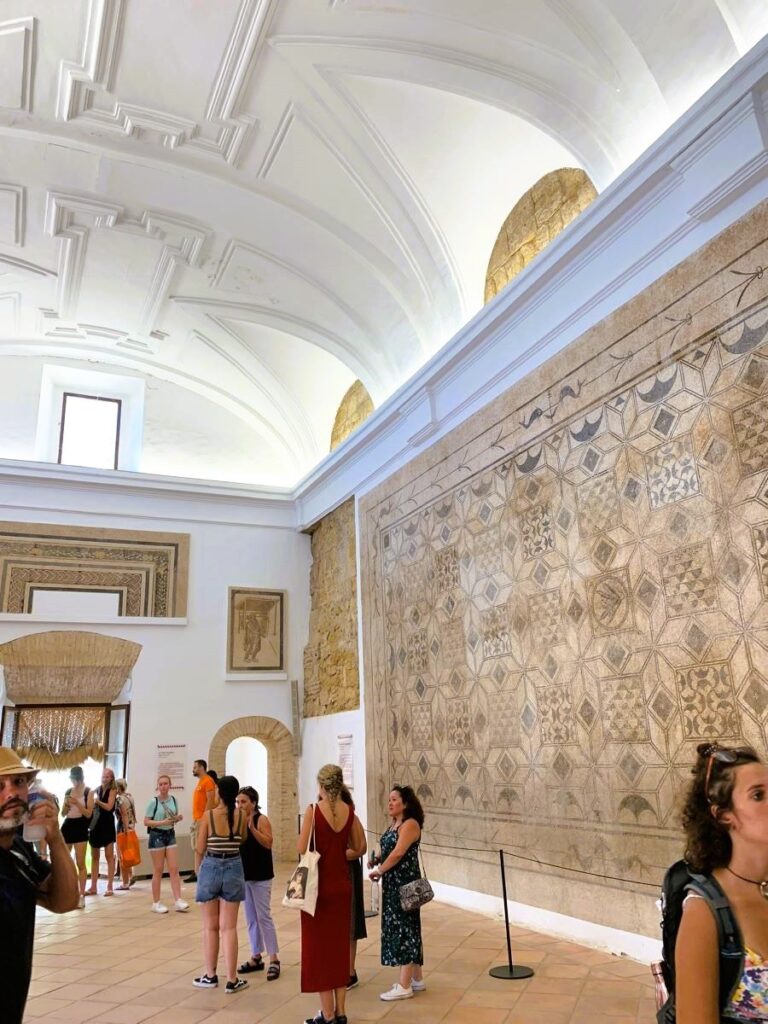
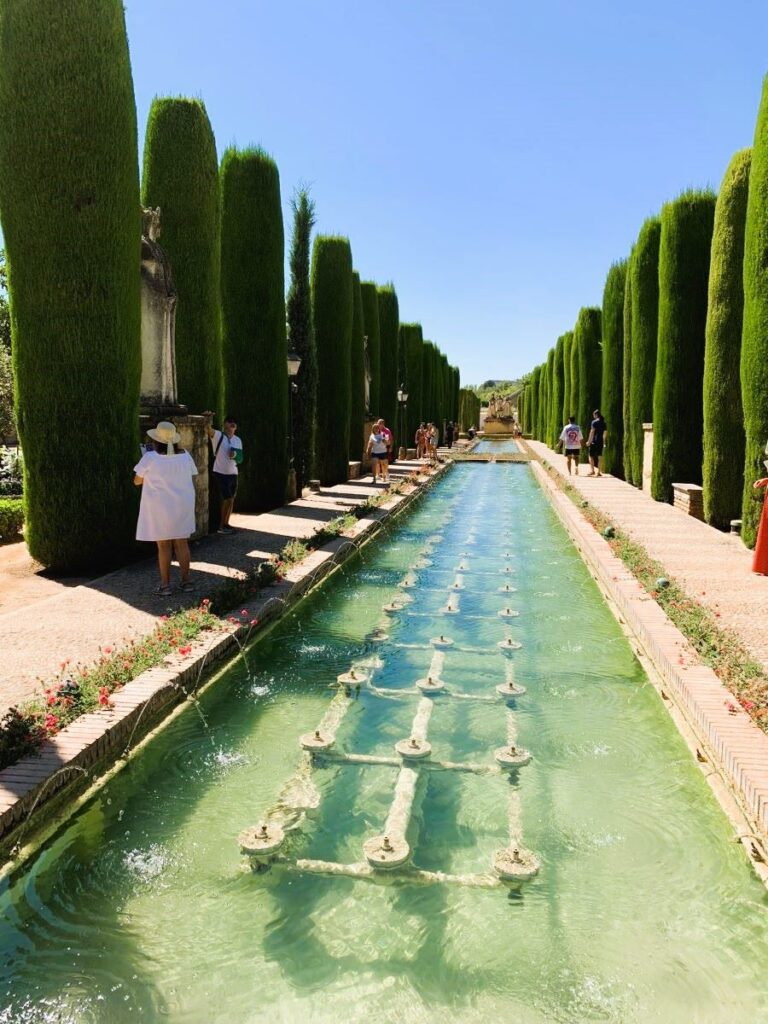
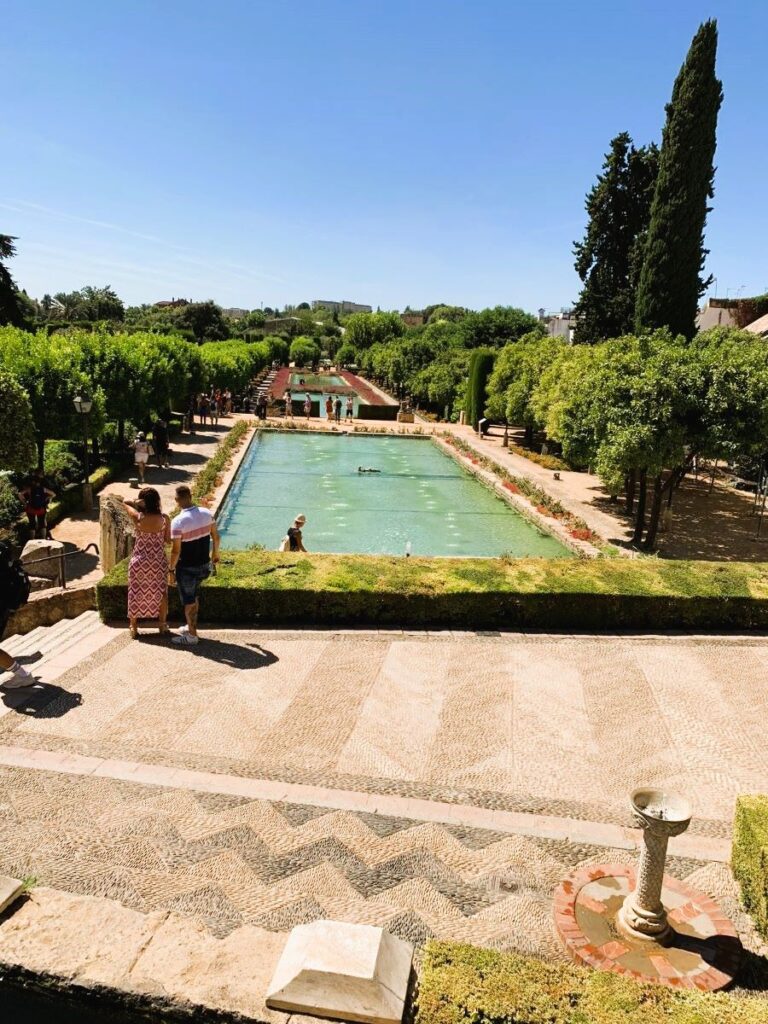
The Alcázar of the Christian Monarchs is a fortress with a fascinating history and stunning gardens. Built in the 14th century, this fortress served as the residence of the Catholic Monarchs, Ferdinand and Isabella, and even played a key role during the Spanish Inquisition.
While the fortress itself offers a glimpse into Córdoba’s history, the true highlight lies in its beautifully landscaped gardens. Picture lush greenery, fountains, and orange trees, creating a serene escape from the bustling city. Climb the fortress towers for panoramic views of Córdoba and the Guadalquivir River.
Practical Tip:
Wear comfortable shoes, as there’s a fair bit of walking involved. The gardens are particularly lovely in spring when the flowers are in full bloom.
3. The Jewish Quarter: A Stroll Through History

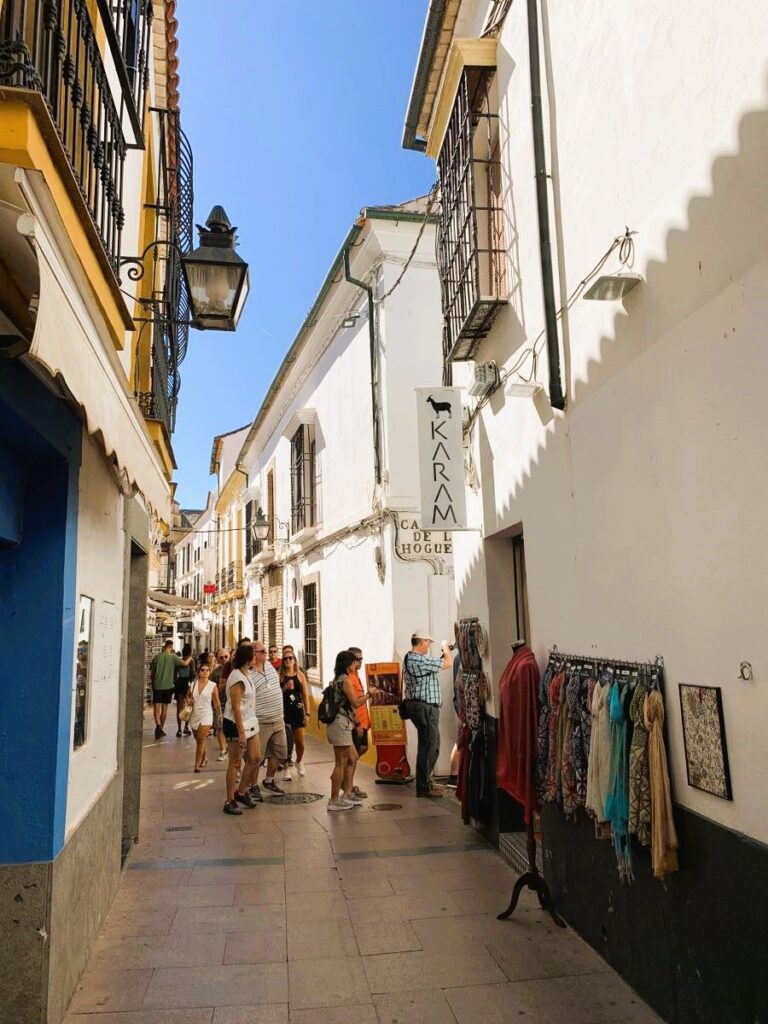
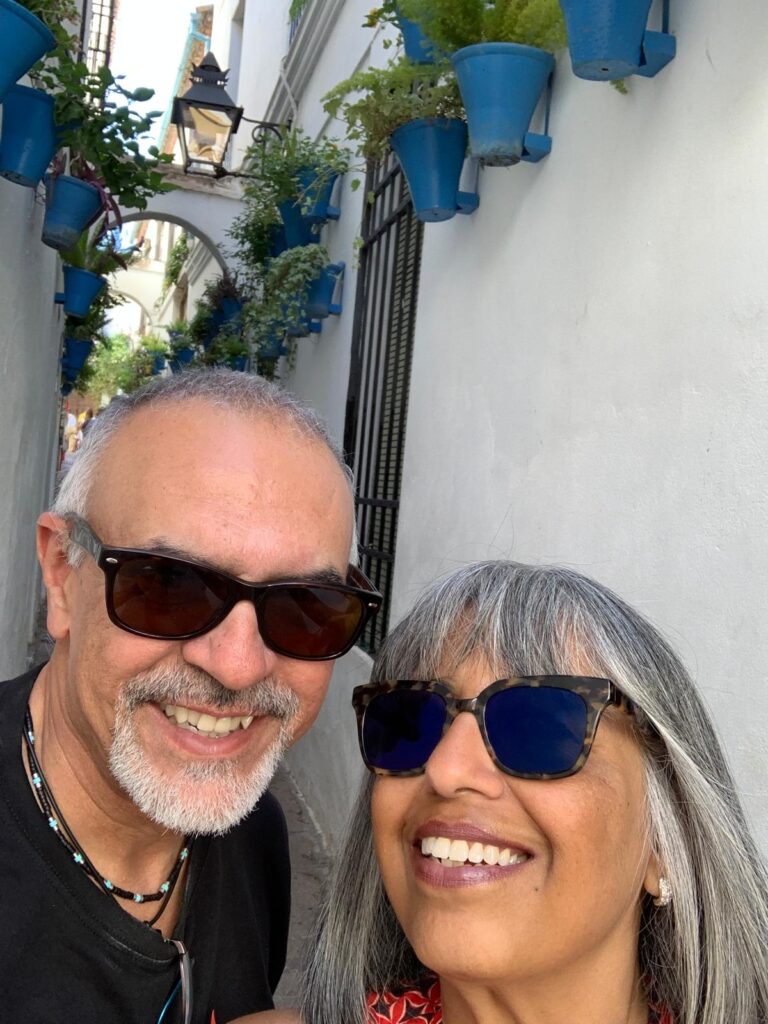
Córdoba’s historic Jewish Quarter (Judería) is a maze of narrow streets, whitewashed buildings, and hidden courtyards. This atmospheric neighborhood reflects the city’s multicultural past, where Jews, Muslims, and Christians once lived in harmony.
One of the key landmarks here is the 14th-century Synagogue, one of the few remaining synagogues in Spain from this era. Nearby, you’ll find the Casa de Sefarad, a small museum dedicated to Sephardic Jewish culture. As you wander, keep an eye out for artisan shops selling traditional Andalusian ceramics, leather goods, and souvenirs.
Practical Tip:
The Jewish Quarter is best explored on foot. Plan to spend a leisurely afternoon here, and don’t miss Calleja de las Flores, one of the most picturesque streets in Córdoba.
To learn more about Cordoba’s Jewish Quarter visit Exploring Cordoba’s Jewish Quarter: A Journey Through La Juderia
4. Patio Magic: Córdoba’s Courtyards Festival
If you’re visiting in May, you’re in for a treat! The annual Fiesta de los Patios is one of Córdoba’s most beloved traditions. During this festival, locals open up their private courtyards, which are adorned with colorful flowers, fountains, and vibrant decor.
This UNESCO-recognized event is a wonderful way to experience Córdoba’s community spirit and artistry. Even if you miss the festival, many patios in the city center remain accessible year-round.
Practical Tip:
Check out the official festival map to locate the most beautiful patios. Wear a hat and sunscreen if you’re visiting during the warm spring days.
5. Roman Bridge and Calahorra Tower
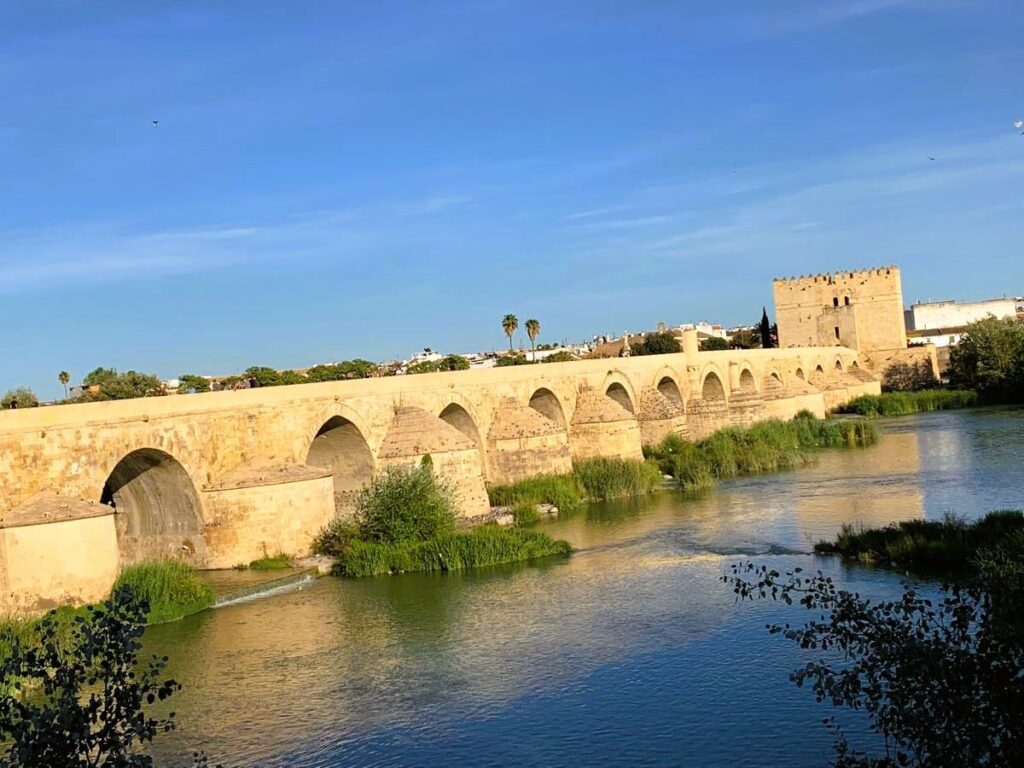
Córdoba’s Roman Bridge, which stretches across the Guadalquivir River, is an iconic landmark that dates back to the 1st century BC. It has been reconstructed several times over the centuries, yet it retains its timeless appeal. Walking across the bridge, especially at sunset, offers a magical view of the city skyline, with the Mezquita standing proudly in the background.
At the end of the bridge, you’ll find the Calahorra Tower, a medieval gatehouse that now houses the Museum of Al-Andalus Life. This small museum provides fascinating insights into Córdoba’s Islamic Golden Age.
Practical Tip:
Evening visits to the bridge offer cooler temperatures and stunning photo opportunities.
What to Eat in Córdoba
Córdoba’s culinary scene is as rich as its history. Be sure to try these local specialties:
- Salmorejo: A creamy chilled tomato soup topped with hard-boiled egg and cured ham.
- Flamenquín: A breaded and fried roll of pork filled with ham, perfect for meat lovers.
- Rabo de Toro: A hearty oxtail stew, slow-cooked to perfection.
- Pastel Cordobés: A sweet pastry filled with pumpkin jam and sprinkled with sugar and cinnamon.
Pair your meals with a glass of Montilla-Moriles wine, a local specialty.
Practical Tip:
Many restaurants offer set menus (menú del día) at lunchtime, which are a great way to sample local dishes at a reasonable price.
When to Visit Córdoba
Córdoba’s Mediterranean climate means hot summers and mild winters. The best times to visit are spring (March to May) and autumn (September to November), when temperatures are pleasant and the city is alive with festivals.
May, in particular, is a magical time, with events like the Courtyards Festival and the Crosses of May (Cruces de Mayo), where beautifully decorated crosses are displayed in public squares.
If you’re visiting in the summer, prepare for high temperatures by planning outdoor activities early in the morning or later in the evening.
Getting Around Córdoba
Córdoba’s compact city center is best explored on foot. Most attractions are within walking distance of each other, and the pedestrian-friendly streets make wandering a joy.
If you’re traveling from other cities in Spain, Córdoba is well-connected by high-speed train (AVE). A day trip from Granada, Seville, Madrid, or Málaga is entirely feasible, though an overnight stay allows you to soak in the city’s atmosphere at a more relaxed pace.
A Lesser Known Gem of Córdoba: Ancient Watermills on the Guadalquivir River
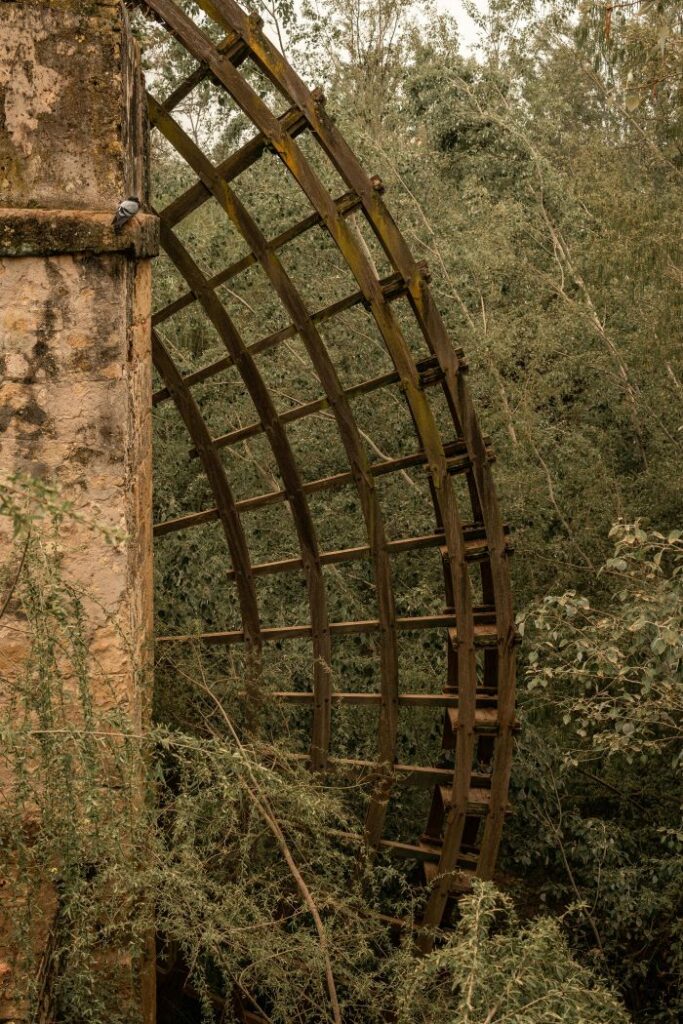
The Guadalquivir River, which flows through the city, was once home to an advanced network of medieval watermills, some of which still stand today, albeit in ruins.
These mills, like the Albolafia Waterwheel, were used for grinding grain and pumping water to the city and its palaces during the Islamic Caliphate of Córdoba in the 10th century.
What makes them particularly fascinating is their role in showcasing the innovative engineering and environmental harmony of Andalusian culture at its peak.
The Albolafia, for example, was so iconic that its image is part of Córdoba’s coat of arms. Though it was decommissioned due to the noise disturbing Queen Isabella, its remnants still tell a story of Córdoba’s mastery in integrating nature and human ingenuity.
For visitors, a walk along the riverbank offers a chance to see these historical relics while soaking in views of the Roman Bridge and the Mezquita in the background. It’s a quiet yet evocative reminder of Córdoba’s layered history, perfect for those seeking a deeper connection to the city’s past.
Final Thoughts
So, is Cordoba worth visiting? Of course it is. Córdoba is a stunning city that enchants visitors with its unique blend of cultures, incredible architecture, and warm hospitality.
Whether you’re marveling at the Mezquita’s arches, strolling through the flower-filled patios, or indulging in local delicacies, Córdoba offers an experience you won’t forget.
So pack your bags, grab your camera, and get ready to fall in love with this Andalusian gem. Córdoba awaits, ready to share its timeless charm with you!
Related Posts:
Other Recent Posts:
-
The Best Florence 3-Day Itinerary For First Timers (Landmarks, Views, And Food)
Planning a trip to Florence? Awesome! You’re in for a treat! Florence packs centuries of art, culture, and history into streets that are super easy to wander on foot. This Florence 3 day itinerary is built for first-time visitors who want the big sights, plus time to eat well, shop a little, and wander without…
-
Your Ultimate 3-Day Itinerary in Rome (First-Time Visit Guide)
Arriving in Rome, the Eternal City, for the first time feels like stepping into a living history book. I’m not kidding. Everywhere you turn you find ancient ruins, renaissance churches, and fountains, sometimes sharing the same charming streets. The city buzzes with energy, from the scooters zipping by to the lively piazzas filled with people…
-
The Ultimate Italy Travel Guide for First‑Time Visitors (Simple, Honest Tips)
Italy is one of those places that lives in your head long before you land. Ancient ruins, quiet churches, busy piazzas, long dinners, and trains that carry you from city to city like scenes in a film. When friends ask me where they should go on their first big trip to Europe, Italy is usually…
-
Travel Chiang Mai, Thailand: A Calm Base for Temples, Markets, and Food
Your Ultimate Travel Chiang Mai Thailand Guide Chiang Mai sits in a green valley in northern Thailand, ringed by low mountains and crowned by temples that have been there for centuries. Key Takeaways: This Travel Guide to Chiang Mai, Thailand also shares a simple 3-day plan you can follow without stress. The Old City, with…
-
Lake Bled Day Trip: The Perfect First-Time Adventure from Ljubljana
Welcome! If you’re spending time in Ljubljana and want to experience Slovenia’s most magical landscapes, a Lake Bled day trip from Ljubljana is an easy choice. With its glacial blue water, Lake Bled Island at its center, and Bled Castle perched high on the cliffs, this spot looks straight out of a fairytale—no need for…
-
Best Things to Do in Ljubljana, Slovenia (First-Time Visitor’s Guide)
Welcome! Thank you for visiting my blog about the best things to do in Ljubljana! In this guide I’ll share my own favorite spots and handy tips, best places to eat and some local insights you might not find elsewhere. Ljubljana, the charming capital of Slovenia, is stunning! The architecture is breathtaking! I promise you,…

